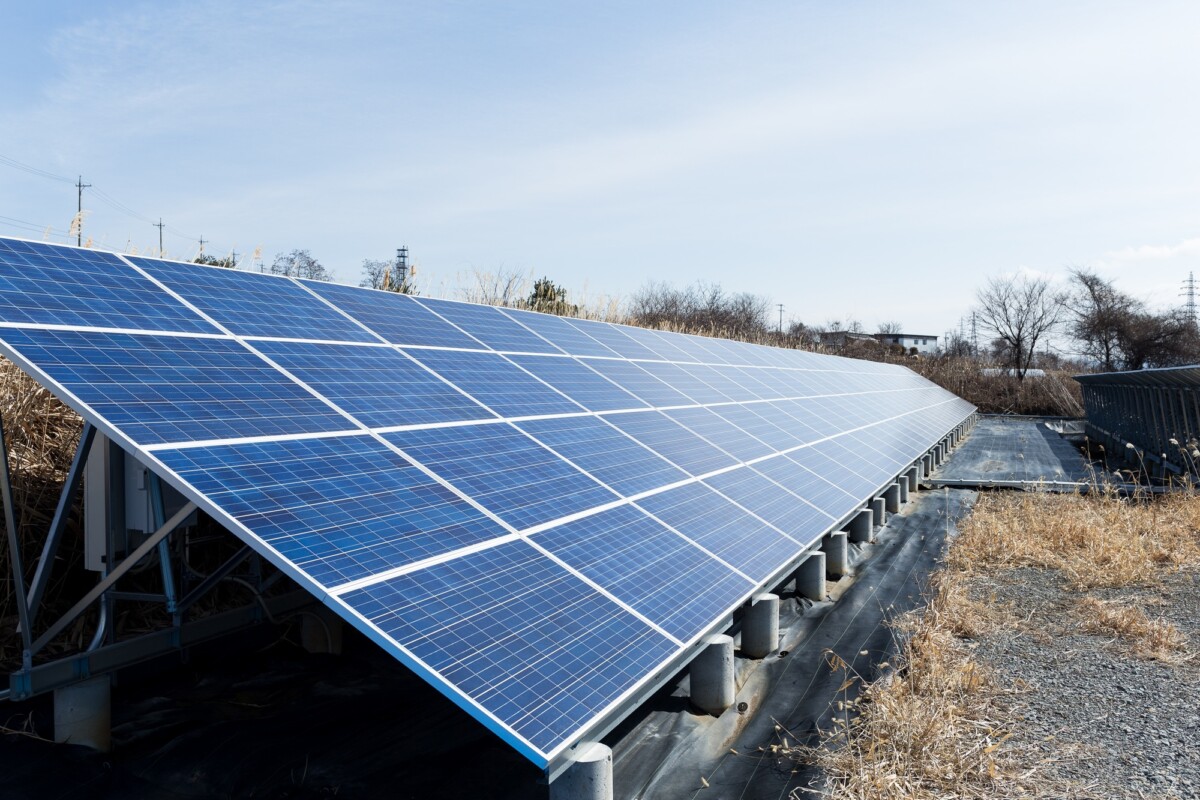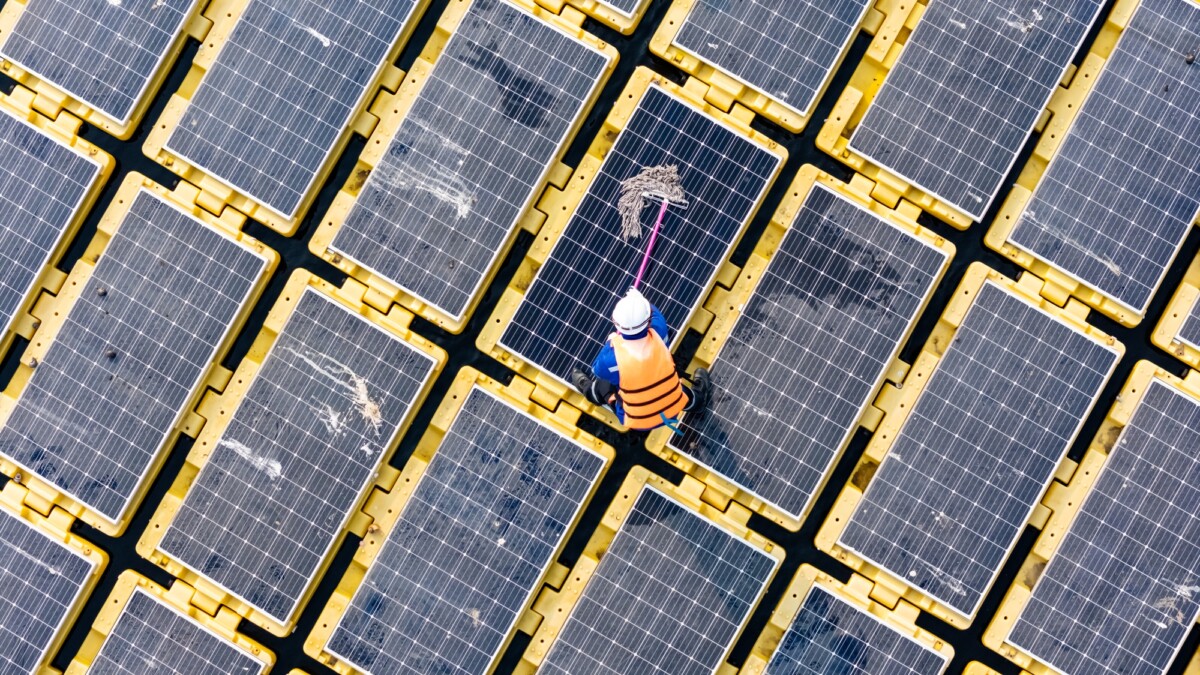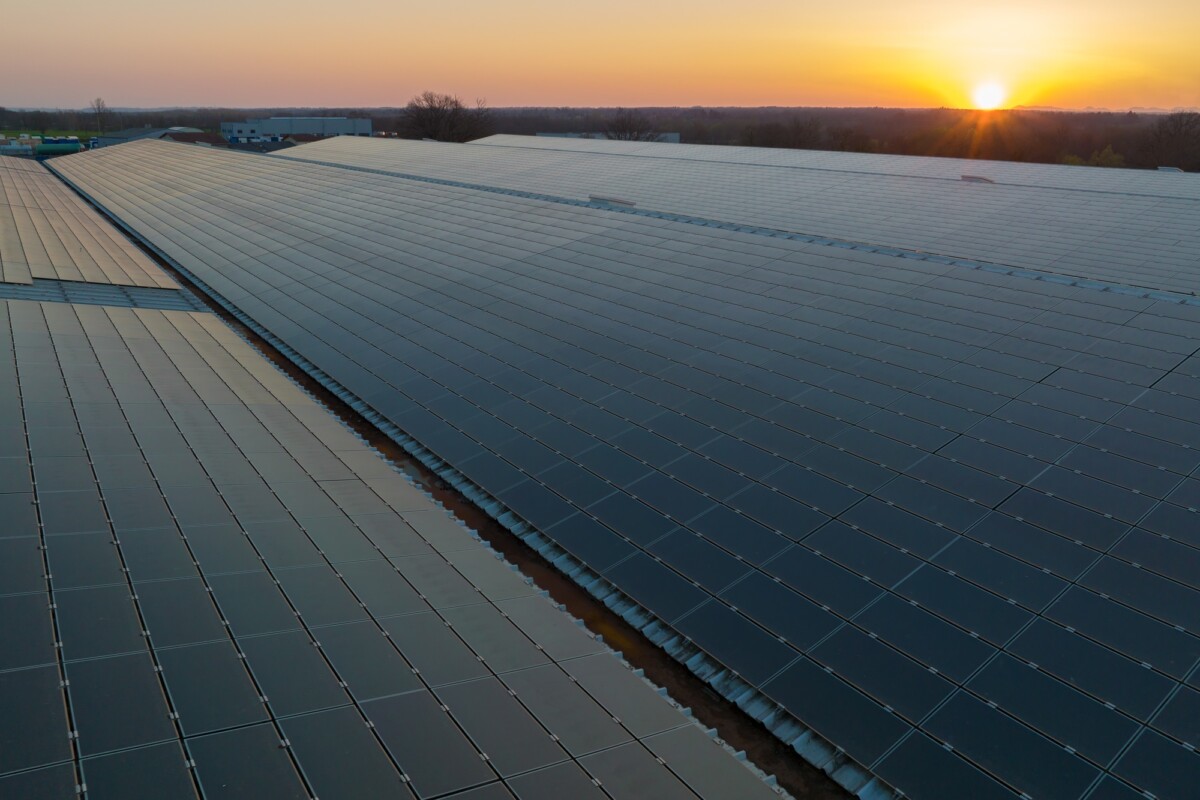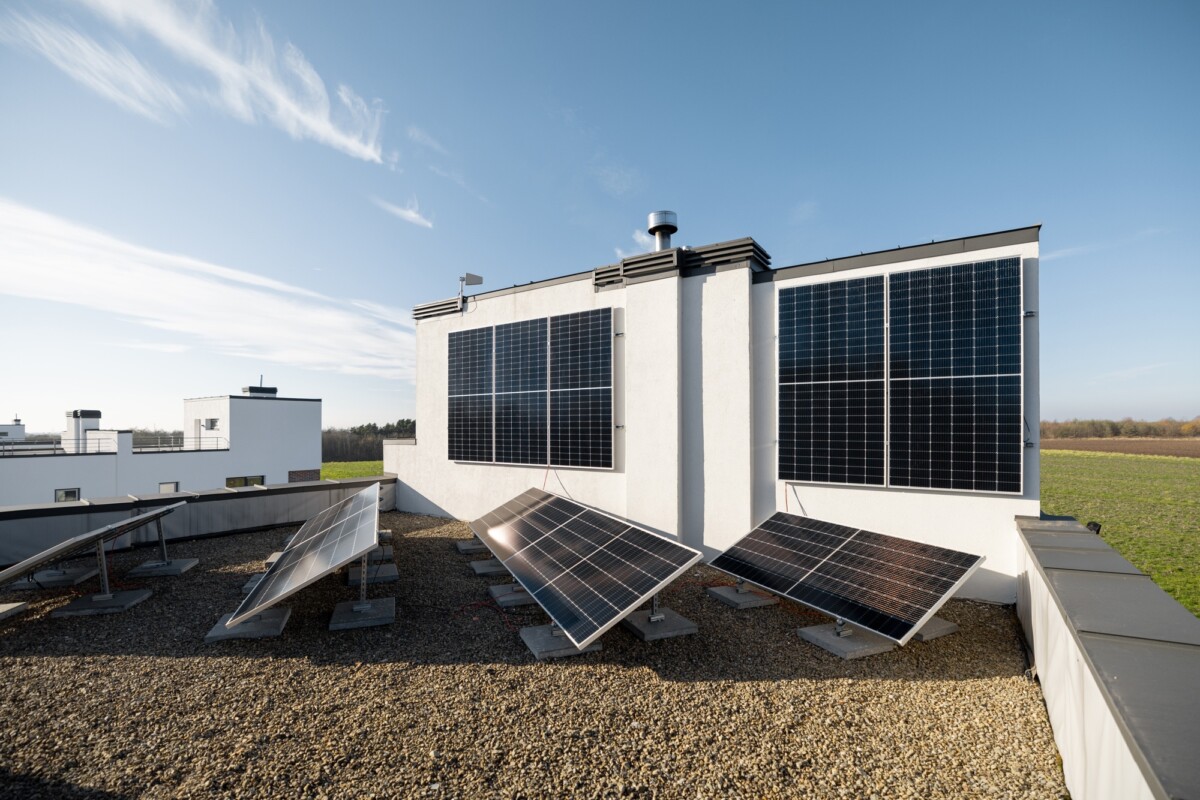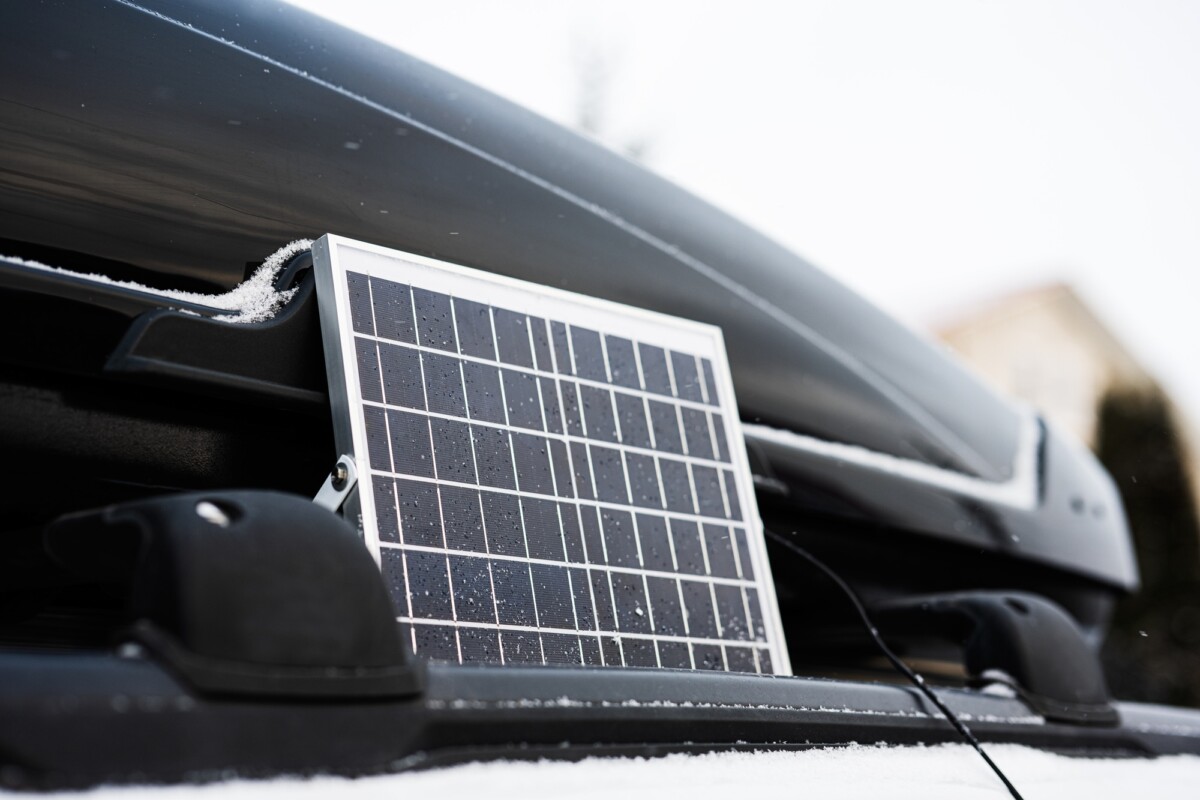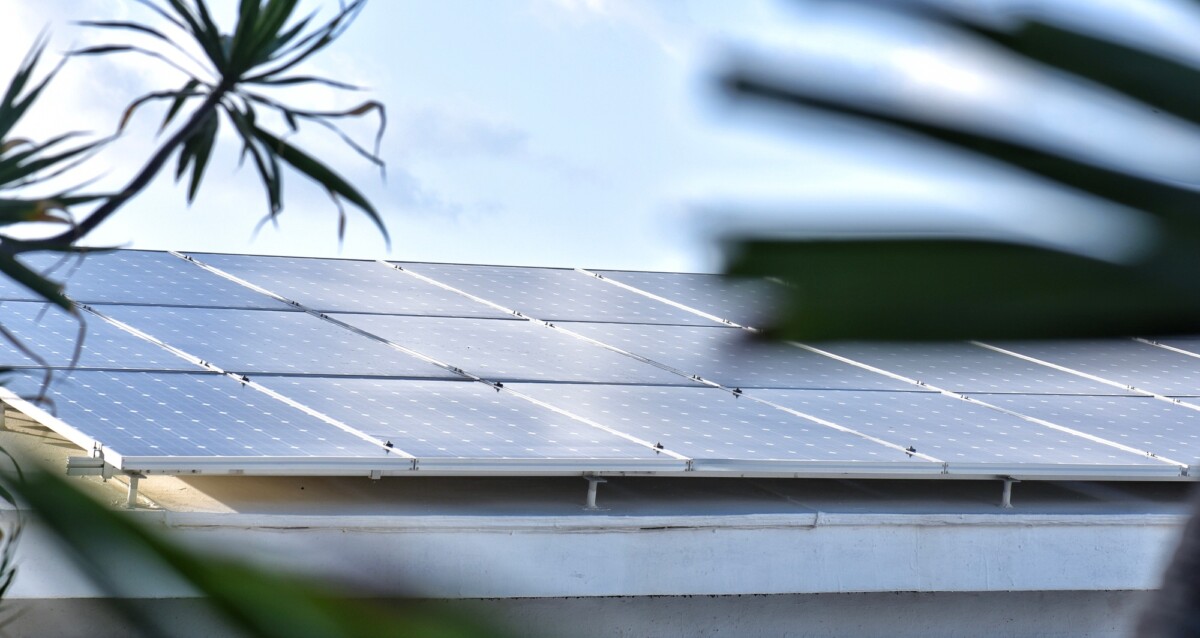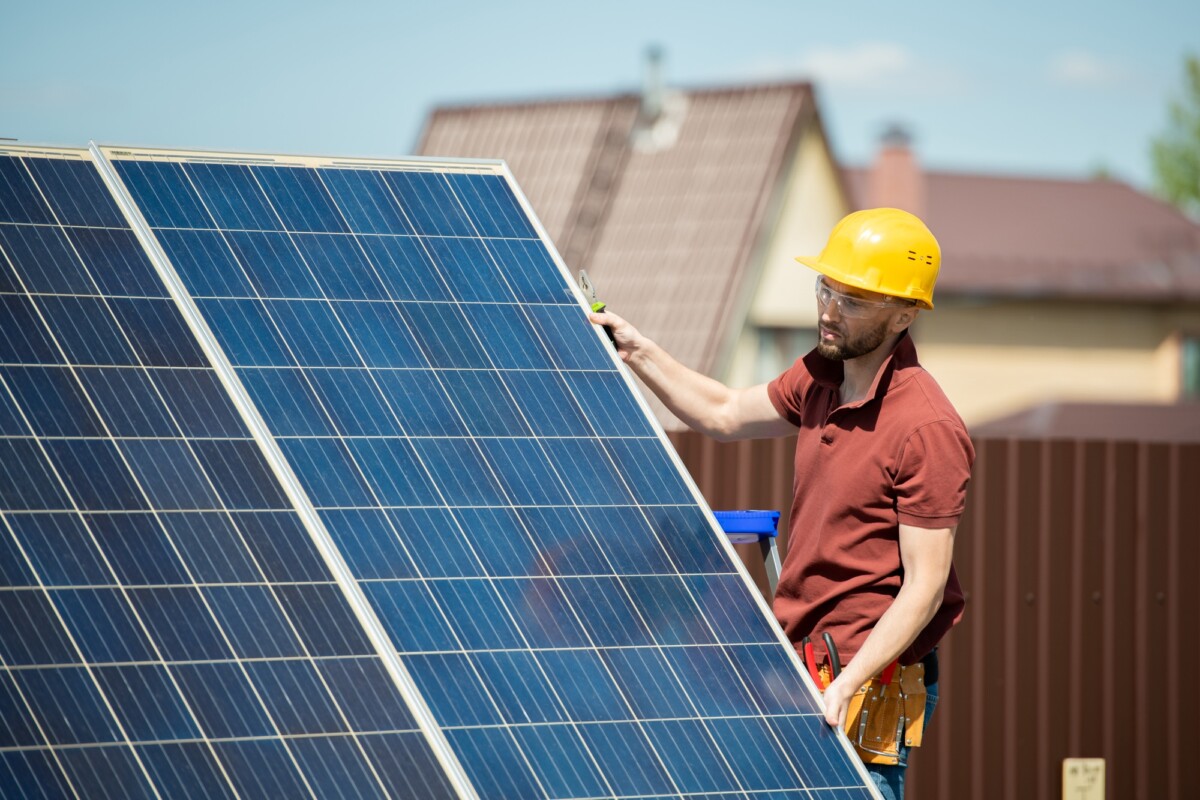In recent years, the demand for clean and sustainable energy sources has become increasingly urgent due to the impact of fossil fuels on the environment. As such, solar energy harvesting has emerged as a promising solution that offers an environmentally friendly alternative to traditional power sources. This article will delve into the fundamentals of collecting solar energy and its capacity to serve as a renewable energy source in the long run.
What is Solar Energy Harvesting?
The process of solar energy harvesting involves collecting and transforming sunlight into electricity, which can then be utilized to supply power to households, commercial establishments, and even large urban areas. This is done through the use of solar panels, which contain photovoltaic cells that absorb sunlight and convert it into electricity. The energy generated can be used immediately, stored in batteries for later use, or fed into the power grid.
How Solar Energy Harvesting Works
Solar energy harvesting works by harnessing the sun’s power to generate electricity through photovoltaics (PV). This process involves using solar panels, which are made up of individual photovoltaic cells.
When sunlight hits a solar panel, the photovoltaic cells within the panel absorb the energy and create an electric field. The movement of electrons is stimulated by the electric field, generating a current of electricity that can be utilized.
The photovoltaic cells comprise silicon layers, a semiconductor material with a distinct capability to capture photons from sunlight, resulting in the release of electrons. The top layer of the cell is made up of a material that has a negative charge, while the bottom layer is made up of a material with a positive charge.
When sunlight hits the top layer of the cell, it excites the electrons in the silicon, causing them to move toward the bottom layer of the cell. As a result of this electron activity, a current of electricity is generated, which can be gathered and employed to supply energy to households, commercial entities, and various gadgets.
To generate more electricity, multiple solar panels can be connected together in what is known as a solar array. The energy generated by the solar panels can be used immediately, stored in batteries for later use, or fed into the power grid.
Overall, solar energy harvesting is a clean and sustainable way to generate electricity, potentially providing a significant portion of the world’s energy needs in the future.
Applications of Solar Energy Harvesting
Solar energy harvesting has a wide range of applications, ranging from small-scale residential use to large-scale commercial and industrial use. Some of the most common applications of solar energy harvesting include:
- Residential use: Solar panels can be installed in homes to provide a reliable source of electricity. This can help homeowners save money on their energy bills and reduce their carbon footprint.
- Commercial use: Solar panels can be installed on commercial buildings, such as offices and warehouses, to provide a sustainable energy source. This can help businesses reduce their operating costs and improve their environmental performance.
- Remote power: Solar energy harvesting is a particularly useful application in remote areas where it may be difficult or expensive to access traditional power sources. Solar panels can be installed in these areas to provide a reliable source of electricity for homes, businesses, and other facilities.
- Transportation: The energy from the sun can be utilized to fuel electric transportation, including but not limited to automobiles, buses, and trains. This can help reduce the transportation sector’s carbon footprint and improve air quality in urban areas.
- Agriculture: Solar energy harvesting can be used to power irrigation systems, greenhouse lighting, and other agricultural equipment. This can help farmers reduce their energy costs and improve their crop yields.
- Emergency power: Solar panels can be used as a backup power source during power outages and emergencies. This can help ensure that critical facilities, such as hospitals and emergency shelters, remain operational during times of crisis.
The Advantages of Solar Energy Harvesting
Solar energy harvesting offers several advantages over traditional power sources, including:
- Sustainability: Unlike fossil fuels, solar energy is a renewable resource that will never run out as long as the sun continues to shine. This makes it a sustainable energy source that can help reduce our dependence on non-renewable resources.
- Cost-effectiveness: While the initial cost of installing solar panels can be high, the long-term cost savings are significant. Once the panels are installed, their energy is free, and maintenance costs are low.
- Environmental benefits: Solar energy represents an eco-friendly and sustainable substitute for fossil fuels that tend to discharge detrimental atmospheric emissions. Opting for solar energy can significantly diminish our carbon footprint and contribute to combating the adverse consequences of climate change.
- Energy independence: Solar energy can provide individuals and communities with energy independence by allowing them to generate their own electricity. This can be particularly beneficial for rural areas or regions that are prone to power outages.
The Challenges of Solar Energy Harvesting
While solar energy harvesting offers many benefits, some challenges need to be addressed, including:
- Cost: While the long-term cost savings of solar energy harvesting are significant, the initial cost of installing solar panels can be a barrier for some individuals and communities.
- Weather-dependency: Solar energy harvesting depends on sunlight, which means that it may not be a reliable energy source in areas with limited sunlight or frequent cloudy days.
- Energy storage: The energy produced by solar panels necessitates battery storage for future usage, which can prove costly and require significant storage capacity.
- Land use: Solar panels require a lot of space, which can be challenging in densely populated areas where land is at a premium.

The Future of Solar Energy Harvesting
Despite the challenges, solar energy harvesting has enormous potential as a sustainable energy source for the future. As technology continues to improve, the efficiency of solar panels is increasing, and the installation cost is decreasing. In addition, advances in energy storage technology are making it easier and more affordable to store energy generated from solar panels. Hence, it is probable that we will witness a rise in the adoption of solar energy in the foreseeable future.
Conclusion
Solar energy harvesting is a promising solution to the world’s energy crisis, offering a clean, sustainable, and cost-effective alternative to traditional power sources. While challenges need to be addressed, the potential benefits of solar energy harvesting make it a viable option for individuals and communities looking to reduce their dependence on non-renewable resources. With continued investment in solar technology, we can move towards a future that is powered by the sun.
Unleash the power of the sun and transform your home into an energy-efficient haven. Visit freesolarpowerquotes.com today to get a personalized solar quote that fits your needs and budget!
FAQS
What is solar harvesting?
Solar harvesting is the process of collecting and converting sunlight into usable energy through the use of solar panels.
How do I harvest solar energy?
To harvest solar energy, you will need a solar panel system. This system collects sunlight and converts it into electricity which can be used to power your home or business.
What is light harvest solar?
Light harvest solar is a type of solar panel technology that is designed to maximize the amount of sunlight it collects and converts into usable energy.
What is a solar harvester?
A solar harvester is a device that is used to collect and convert sunlight into usable energy. It typically consists of a solar panel and an energy storage system.
How do I collect solar energy?
To collect solar energy, you will need a solar panel system. This system consists of solar panels that collect sunlight and convert it into electricity which can be used to power your home or business.
Can I harvest solar energy at home?
Yes, it is possible to collect solar energy at one’s residence by fitting a solar panel system on the rooftop or within the premises. This system will collect sunlight and convert it into usable energy that can be used to power your home.
Is it possible to harvest solar energy?
Yes, it is possible to harvest solar energy.
How do solar panels harvest energy?
Solar panels harvest energy by converting sunlight into direct current (DC) electricity using photovoltaic cells.
What is an example of solar energy harvesting technology?
One example of solar energy harvesting technology is a solar water heater, which uses the sun’s energy to heat water for homes and businesses.
How profitable is solar farming?
Solar farming can be profitable, depending on various factors such as location, energy prices, and government incentives.


